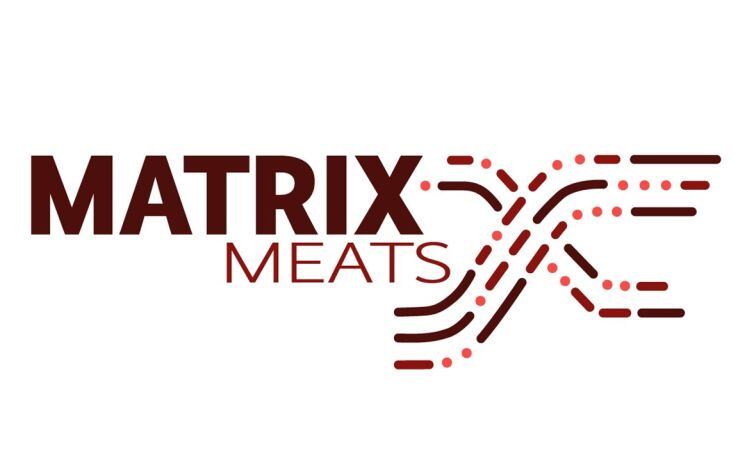The round, which was oversubscribed, was led by Unovis Asset Management and supported by CPT Capital, Siddhi Capital, Clear Current Capital and a special purpose vehicle (SPV) led by the Ikove Startup Nursery Fund, said Matrix Meats, which claims to have “active development relationships with 14 cultivated meat producers from seven countries.”
If you don’t want cell-cultured meat to have the consistency of Jello, you need to have some kind of structural replacement for the non-muscle, non-fat (‘extracellular’) matrix in meat, says the company, which was formed in 2019 via a joint venture between Nanofiber Solutions and Ikove Capital.
While cell-cultured meat startups have been experimenting with a variety of scaffolding materials including mycelium, textured soy protein, and cellulose, Matrix Meat’s technology can “work with multiple materials - corn and soy for example - and it’s customizable,” CTO Dr Jed Johnson told FoodNavigator-USA in a recent interview.
“Our technology is also scalable, in a way that many of the other approaches to scaffolding are not. Our scaffolds provide texture and can provide flavor, but it’s not just about texture, it’s about scalability, and the fact that our structures increase cell multiplication, which means the end product is grown more rapidly and is thus less expensive.”
He added: “Our technology allows us to control a number of variables in the manufacturing of the scaffolds such as fiber diameter, alignment, porosity, degradation rates as well as the addition of flavor, vitamins, minerals or growth factors.
“We can align the fibers in our scaffold to help cells differentiate into muscle fibers, which is something that a traditional soy protein [scaffold] can’t do, it can’t generate those aligned fibers like we can.”
Visualizing the process
To help people visualize what cell-cultured meat production using Matrix Meats' scaffolding might look like, he said, think about a tank filled with cells in a liquid growth media with thousands of pieces of absorbent paper towel or cloth (Matrix Meats’ nanofiber scaffolding) floating around in it.
“Each piece represents a steak.”
The beauty of Matrix Meats – which develops edible scaffolding around which cells can seed, creating meaty 3D structures – is that it enables firms to grow and proliferate cells (the first stage of any cell-cultured meat process) and then differentiate them into various cell types such as muscle and fat (the second stage of the process), much more rapidly… all in a single bioreactor.
“We’re a one-stop solution,” said Johnson,“So instead of culturing, say, muscle and fat cells separately, we can have different materials in our scaffold that support cell differentiation into multiple different types [so stiffer parts of the scaffold, for example, direct stem cells to differentiate into muscle, and softer fibers direct cells to differentiate into fat].”
“Cells can sense the stiffness of the structures that they are growing on and that’s one way to help them grow faster or differentiate into other cell types, for example.”
Mycelium-based scaffolds
Other players exploring scaffolding solutions for the cell-cultured meat industry include New York-based biomaterials company Ecovative, which has created a brand (Excell) focused on providing mycelium-based scaffolding for cell-based meat companies. To date, it has supplied product to several startups looking to seed animal cells onto edible scaffolding that is robust enough to hold its structure but porous enough to be infused with growth media.
“We’ve had some people say it’s amazing,” director of marketing Andy Bass told FoodNavigator-USA in an interview last year, “and others that say my cells just don’t grow on it. Some of it’s due to cell type, some due to cell size, so there’s more work to be done.”
"For cellular agriculture to succeed at a global level, investments are needed in order to develop and build tools and technologies to scale the various development platforms. We believe Matrix Meats' technology will play a key role in this ecosystem, and we're thrilled to add to our growing toolbox of solutions to one of the biggest challenges we face in improving our food system."
Mark Langley, Managing Partner, Unovis Asset Management




